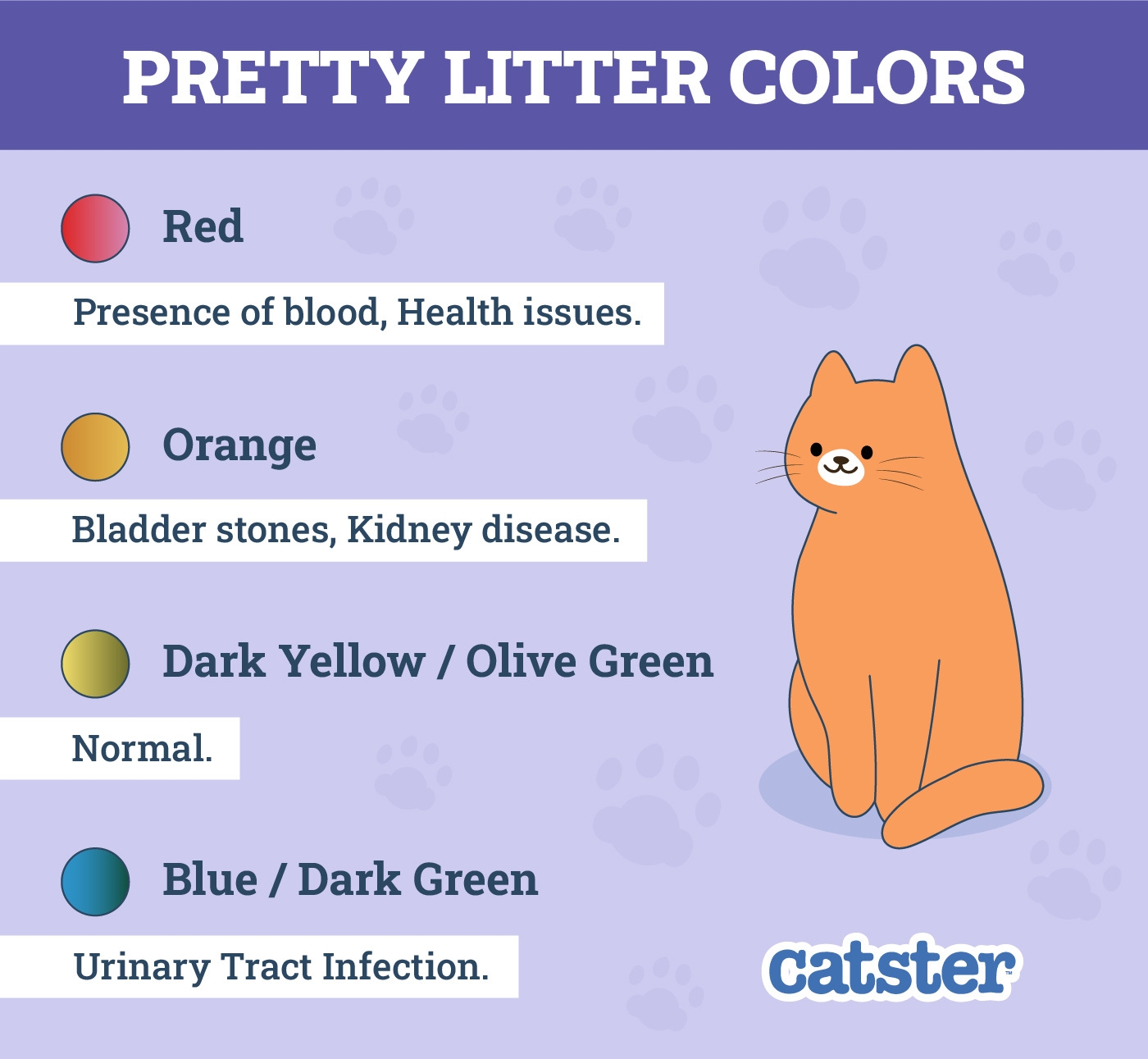Cat owners know that monitoring their feline friend’s urine can provide important clues about their health. One of the key indicators to look for is the color of their pee. Changes in color can signal potential health issues that may require attention from a veterinarian.
Understanding what different colors of cat pee mean can help you identify any potential problems early on and ensure your cat stays healthy and happy.
Cat Pee Color
Normal cat urine is typically a pale yellow to amber color. However, if you notice any changes in the color of your cat’s pee, it may be a cause for concern.
1. Clear or Pale Yellow: This is considered normal and indicates that your cat is well-hydrated.
2. Dark Yellow or Orange: Dehydration or concentrated urine can cause the urine to appear darker. It could also be a sign of liver issues or a urinary tract infection.
3. Red or Pink: Blood in the urine can give it a red or pink hue. This could be indicative of a urinary tract infection, bladder stones, or even more serious conditions like bladder cancer.
4. Cloudy or Murky: Cloudy urine may indicate the presence of bacteria, crystals, or mucus in the urine, which could be a sign of infection or other health issues.
5. Green or Blue: Some medications or supplements can cause changes in urine color, resulting in green or blue urine. However, it’s essential to consult with your vet to rule out any potential health problems.
It’s important to note that changes in diet, medications, and certain medical conditions can also affect the color of your cat’s pee. If you notice any abnormal changes in color, consistency, or frequency of your cat’s urine, it’s best to consult with your veterinarian for a proper diagnosis and treatment plan.
In conclusion, keeping an eye on your cat’s pee color can provide valuable insight into their overall health. By being aware of any changes and seeking prompt veterinary care when needed, you can help ensure your furry friend stays happy and healthy for years to come.
